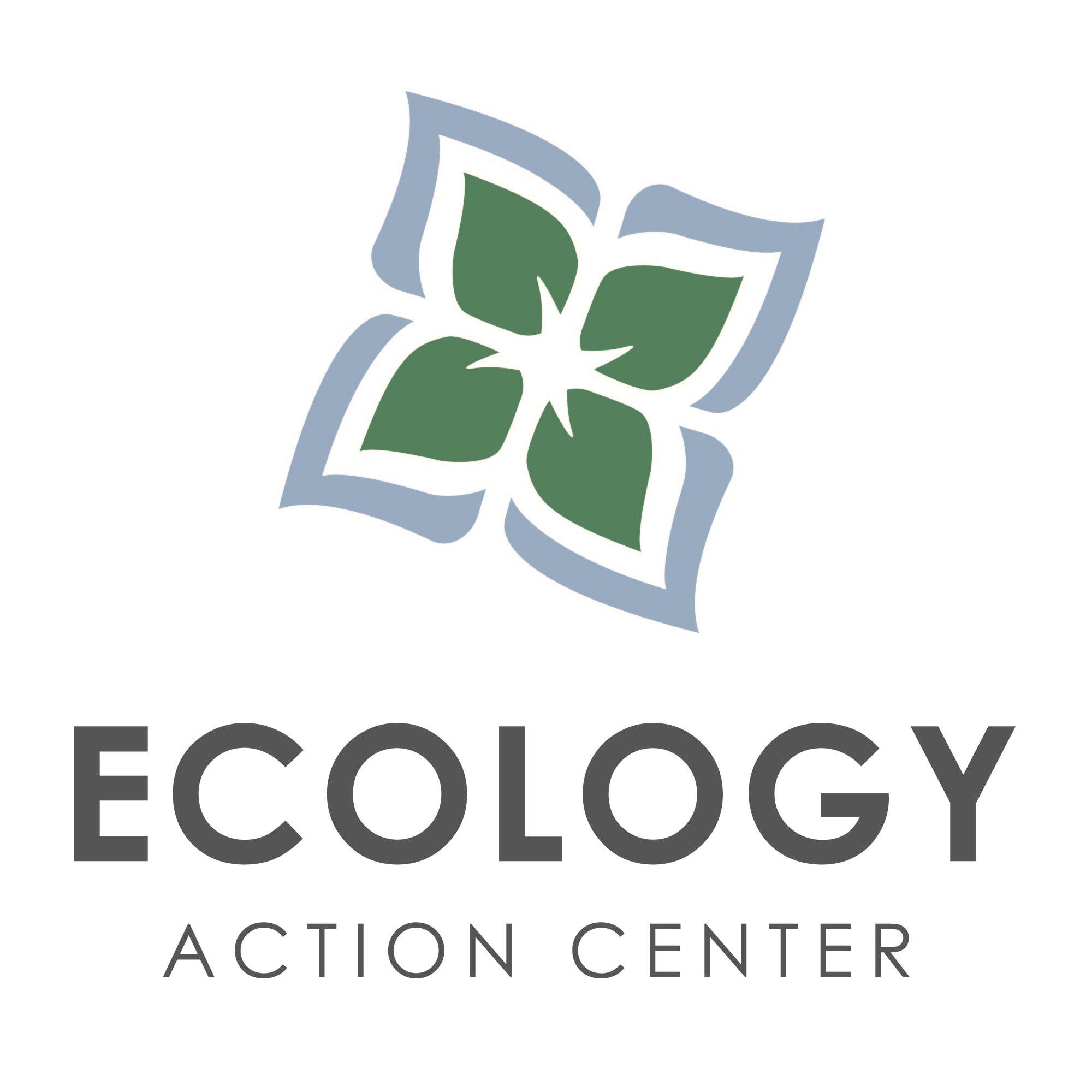The Mclean County Soil and Water Conservation District, in collaboration with Illinois State University, has received funding from the Illinois Environmental Protection Agency (IL-EPA) to conduct a watershed social assessment, with an emphasis on the Lake Bloomington and Lake Evergreen Watersheds. The United States Environmental Protection Agency (EPA) has acknowledged that non-point source (NPS) pollution is the leading source of water quality degradation. One significant source of NPS pollution in urban and suburban areas is fertilizer and pesticide runoff from turf grass lawns, which has been associated with a variety of water quality concerns such as algal blooms and contaminated groundwater. Other practices such as the use of water-intensive and fertilizer-hungry non-native landscaping, removal of buffer strips around waterways, excessive use of impermeable pavements, and failing septic systems can increase pollutants that enter the groundwater and contribute to NPS pollution. Locally, Lakes Bloomington and Evergreen provide source water for over 80,000 residential customers and recreation opportunities for a growing population, yet this residential population has been largely absent from outreach or educational activities in relationship to the current watershed management plans and efforts to reduce NPS pollution. As the urban population continues to grow, NPS pollution from lawn care practices and increasing use of impermeable surfaces will only rise in concern. Securing safe and adequate water resources for the future is also going to demand greater attention and planning. In light of these concerns, the assessment has identified five primary goals:
1) Evaluate urban resident’s general level of knowledge and concerns of water quality and the effects of their activities on water quality and the practices they currently use that effect water quality (BMPs).
2) Evaluate onsite waste system knowledge and practice (ie: septic systems).
3) Evaluate knowledge of and opinions of water conservation activities on water quality and quantity.
4) Provide critical data to direct future outreach and education efforts.
5) Provide vital social data to inform an update of the current watershed management plans to more directly address social aspects of watershed management for the future.
To achieve these goals, a random sample of 1,000 residential households will be selected to complete a household survey during spring 2015. Households that are within the watershed or receive their source water from Lake Bloomington and Lake Evergreen will be the targeted population. This includes residential households in the Village of Hudson, the Village of Towanda, north Normal and the City of Bloomington. The survey will be administered in person during the last three weeks in May 2015 by Illinois State University students. An on-line version will also be available for anyone who was not selected at random but still wishes to participate. For more information about the project, please contact Dr. Joan Brehm, [email protected], tel: 309-438-7177.
Lake Bloomington and Lake Evergreen Watershed Social Assessment
Posted in Uncategorized
